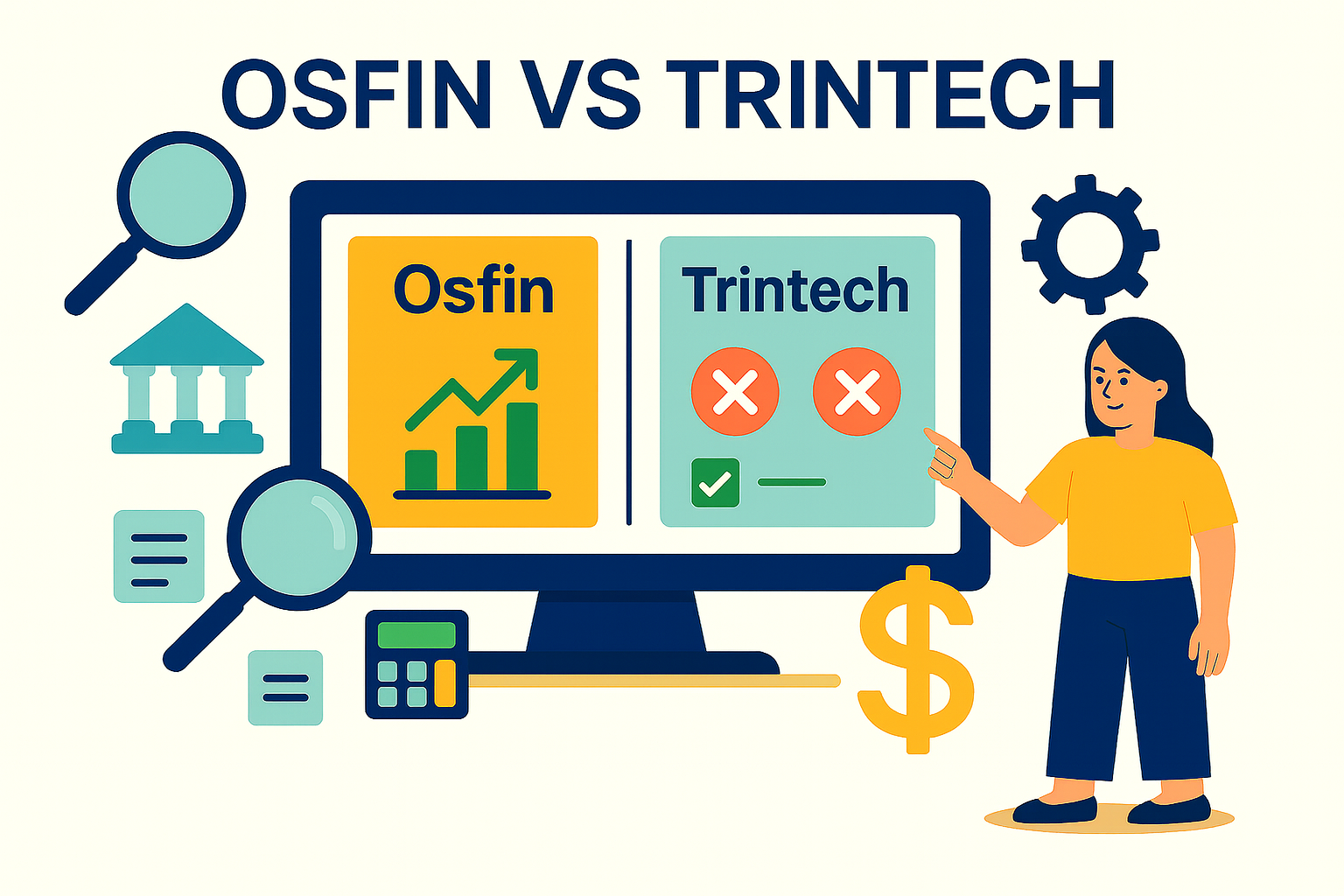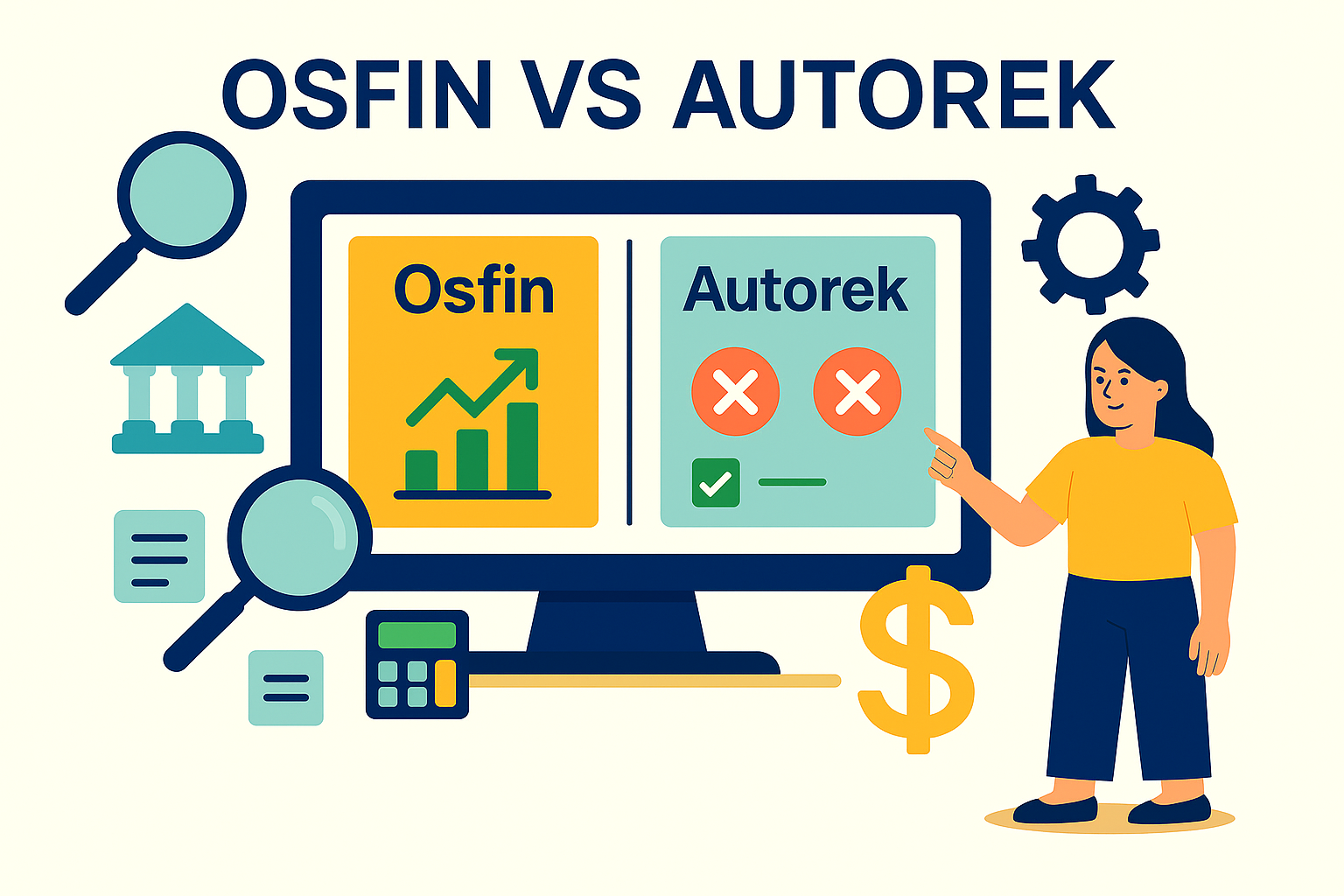Winning Disputes and Chargebacks: Strategies for Merchants
As the e-commerce space and online payments are continuously growing, disputes and chargebacks have become increasingly pressing issues for businesses of all sizes. According to a LexisNexis report, merchants lose $3.75 on average for every dollar lost to fraud. This is because of the additional fees, higher overhead costs, and other losses associated with chargebacks.
Disputes and chargebacks can cause a great deal of trouble for merchants. Customers can dispute a transaction for many reasons like fraud or dissatisfaction with the product or service they paid for. This results in merchants suffering from lost revenue, higher processing costs and damage to their reputations.
This blog post will cover the ins and outs of disputes and chargebacks, including strategies for winning chargeback disputes and techniques for streamlining the process.
Disputes and Chargebacks - The Process
The dispute and chargeback process can differ based on the payment processor or issuing bank, but there are usually some general steps that are followed. First, a customer will contact their bank or credit card company to dispute a transaction. Then, the bank or card issuer will start a chargeback, which cancels the transaction and removes the payment from the merchant's account.
When a chargeback is initiated, the merchant can respond and contest it. The merchant will usually present evidence to the bank or card issuer to support their argument that the transaction was legitimate. Such evidence may include various documents, such as receipts, shipping information, and customer communication.
Once the merchant's evidence has been reviewed, the bank or card issuer will decide whether to maintain or reverse the chargeback. If the chargeback is upheld, the merchant will lose the revenue from the transaction and could face additional fees and penalties. However, if the chargeback is reversed, the merchant will receive the revenue from the transaction and avoid any further charges or penalties.
How to Win Disputes and Chargebacks
Merchants often face significant challenges in winning disputes and chargebacks, as it can be a time-consuming and complex process. However, there are several strategies that merchants can use to increase their chances of success as follows:
Keep Accurate Records
One of the most important things that merchants can do to win disputes and chargebacks is to keep accurate records of all transactions. Some important things include receipts, shipping information, and customer communication. Having this documentation on hand can help to provide evidence that the transaction was valid.
Respond Quickly
Merchants should respond to disputes and chargebacks as quickly as possible. This can help to show the bank or card issuer that the merchant takes the dispute seriously and is willing to work to resolve the issue.
Provide Clear Evidence
When responding to a chargeback dispute, merchants should provide clear and concise evidence to support their claim that the transaction was valid.
Streamlining Disputes and Chargebacks
Managing disputes and chargebacks is a significant challenge for merchants, but there are ways to simplify the process and minimize disruption to your business. In the following section, we'll provide some valuable tips for streamlining the disputes and chargebacks process:
Identify the Root Cause
To make the disputes and chargebacks process easier, try finding out why the disputes are happening at all in the first place. Look at the transaction data to see why customers are unhappy. By identifying the root cause, merchants can take steps to address the issue and reduce the number of disputes and chargebacks they receive.
Invest in Fraud Prevention
A widespread reason for disputes and chargebacks is a fraud, so it's worth investing in measures to prevent it. This could involve implementing fraud detection software, using address verification systems, and requiring additional authentication for high-risk transactions. By taking these steps, businesses can streamline the process and minimize the occurrence of disputes and chargebacks.
Provide Clear and Accurate Product Descriptions
Another common reason for disputes and chargebacks is dissatisfaction with the product or service. Merchants can reduce the likelihood of these disputes by providing clear and accurate product descriptions, including images and detailed information about the product.
Offer Excellent Customer Service
Good customer service can go a long way in preventing disputes and chargebacks. By providing prompt and courteous customer service, merchants can help to resolve issues before they escalate into disputes. This may include offering refunds or exchanges, providing clear communication about shipping and delivery times, and responding promptly to customer inquiries.
Conclusion
In conclusion, disputes and chargebacks can be a significant challenge for merchants in the increasingly prevalent e-commerce landscape. The impact of chargebacks can result in significant financial losses, additional fees, and damage to the business's reputation.
However, by following the steps outlined in this blog, including responding quickly, keeping accurate records, providing clear evidence, and offering excellent customer service, merchants can increase their chances of winning chargeback disputes.
Additionally, streamlining the disputes and chargebacks by identifying the root cause, investing in fraud prevention measures, providing clear and accurate product descriptions and offering excellent customer service can help to reduce the impact on the business. Ultimately, merchants must remain vigilant and proactive in managing disputes and chargebacks to minimize the negative effects on their bottom line and reputation.


